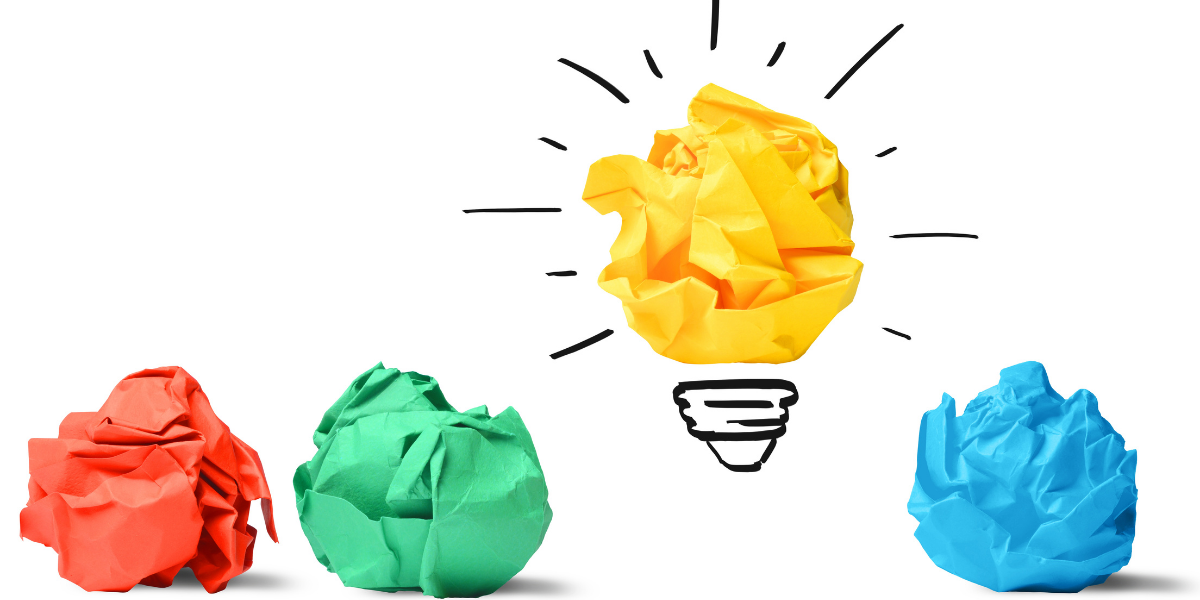We’ve been reading a lot of articles lately on the impact of COVID on donor behaviour, with underfunded charities and nonprofits struggling to maintain services and keep their employees. This article will not be one of them.
The problem with focusing on COVID is that we forget what was happening even before it came along. In Canada, we were already at a 10-year decreasing trend in donations and were already feeling the effects of an aging donor population. Honestly, there were clear signs that it was time for nonprofits and charities to start thinking differently about philanthropy.
During the pandemic, we have heard nonprofits and charities share the following insights in terms of what needs to be addressed by the sector:
- The importance of developing viral content to sustain a growing awareness of brands.
- The need to use people-related stories in social media.
- The importance of developing and sustaining ambassadors through ongoing content.
- The recognition that in-person fundraising events have lost some of their appeal, as you can use virtual events to reach hundreds of potential donors, all while reducing both logistical issues and cost.
- The realization that during the pandemic, donors have become more precise on who and what they support.
- The lack of donor data and what it means for organizations coming late to the data-driven decision-making game.
What is less often talked about is the need to innovate our entire approach to fundraising or sustaining donations in times of socio-economic turmoil. Instead of attempting to solicit more donations from potential or existing donors who, as the media repeatedly reminds us, are losing their jobs and are uncertain about their future, perhaps we should be focusing on alternative approaches to how we fund our organizations.
This leads us to a conversation about innovation. If we can all agree that doing more of the same and simply trying to find creative ways to continue “business as usual” just will not cut it, then where does this leave us? It brings us back to innovation, and remember, “innovation starts in the mind”.
To get into an innovative mind-set we must recognize the need to combine the long-acquired expertise of the past with new ways to solve issues and reach objectives. Or, as John Hodge mentioned during a TedX conference on the state of philanthropy in 2016, “We need to make shift happen.”
Where should we focus our energies to stretch beyond our current boundaries in fundraising? What can we do to create a real, measurable, and sustainable impact on donation streams, all while increasing the awareness of our mission and vision within a community of donors made up of like-minded individuals and corporations who want to support our particular cause?
First, we could challenge our dependency on the “out-of-pocket” donation model, since we know how vulnerable it is to socio-economic fluctuations. Instead, could we, for example, leverage the purchasing power of consumers by tapping into the dynamics of loyalty programs? Businesses want loyalty (and data) from their customers and are willing to pay a certain percentage to get it. Historically, this is achieved by the business providing future cash or other rewards in exchange for continued patronage by the consumer.
What if we encouraged consumers to support a cause of their own choice with their cashback and loyalty rewards, thereby turning them into donors? This results in a completely new revenue channel that creates a sustainable stream of donations, while at the same time exposing consumers to the possibility of having a real and measurable social impact. Since consumers can use their cashbacks however they see fit, choosing to give it to a registered charity would allow them to get a tax receipt. Presently, technology companies in Canada, such as Trureal with its Social Impact fintech platform, are tackling this very issue with simple technologies and non-intrusive processes, making it easy for consumers to become donors.
A second area where we could expand our current thinking is the traditional “corporate partnership” model. How could we elevate the existing sponsorship model to an approach to corporate partnership that focuses on even further mutual gain and creating synergies between donors and customers? For instance, nonprofits and charities could consider the possibility of using their donor database to provide offers from corporate partners. While that may sound scary at first, privacy legislation provides the legal environment to draft well-defined, legal agreements as it relates to the use of data. This results in the nonprofit or charitable partner and the corporation fully understanding the expectations around the communication, including the frequency and messaging. A closer alignment between nonprofits and business could help build a bridge between organizations’ two audiences, with donors on one side and consumers on the other.
Finally, we need to push the boundaries of our philanthropic perspectives. We all agree that fundraising is not only about money but is also about generating meaning, compassion, and generosity, ultimately impacting real lives. But do we offer this opportunity to become involved in philanthropy to all communities? If we added further opportunities for people to contribute to philanthropy, we could achieve a true democratization of philanthropy and provide the means to create a truly “giving society”. Thinking outside the box in terms of what these opportunities can look like is one way to open up the “joy of giving” to even more people, and I for one believe we need more of that in our sector.
Michel Bougie’s experience in data analytics, marketing technologies and loyalty provides him with a unique perspective on the future of philanthropy. He’s sat on boards of various nonprofits and has been part of development projects in Western Africa and Haiti. He presently works with Trureal Inc., a Social Impact fintech launched in 2015 with the mission of applying technology to transform everyday purchasing power into sustainable charitable giving.







